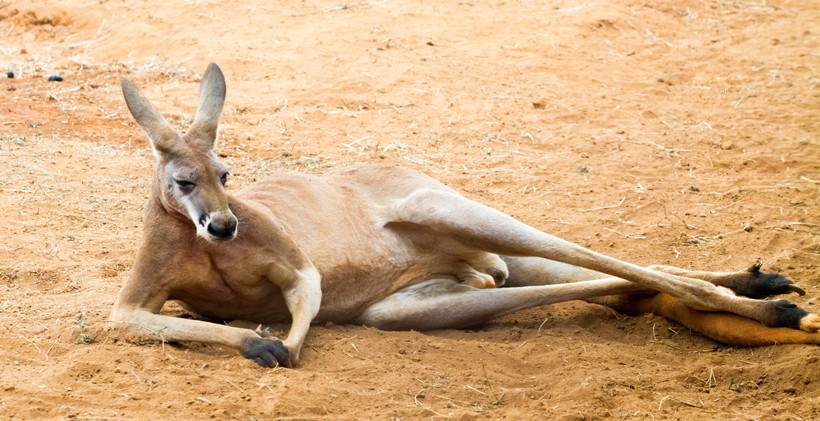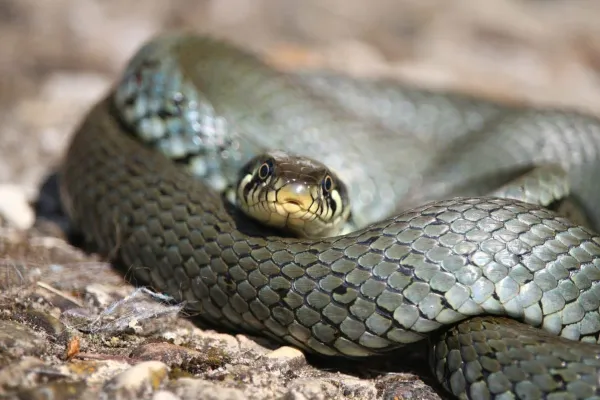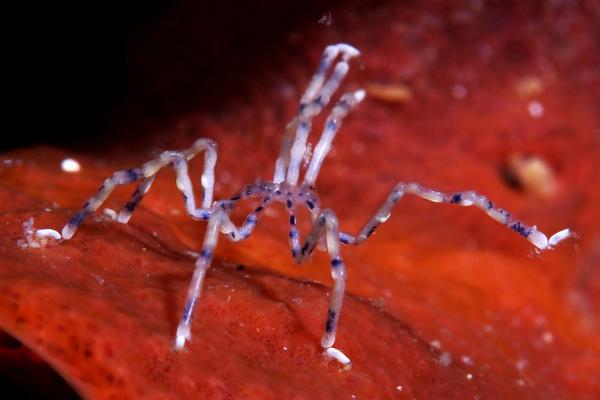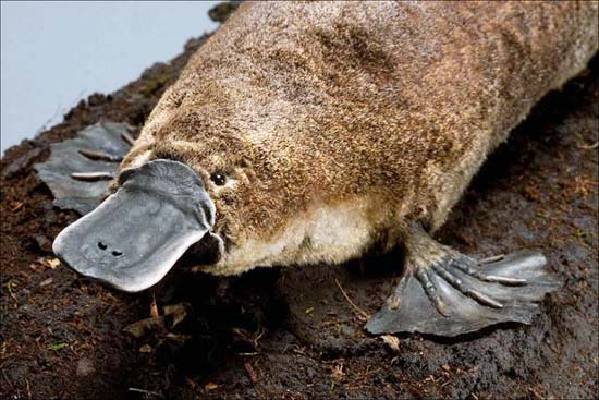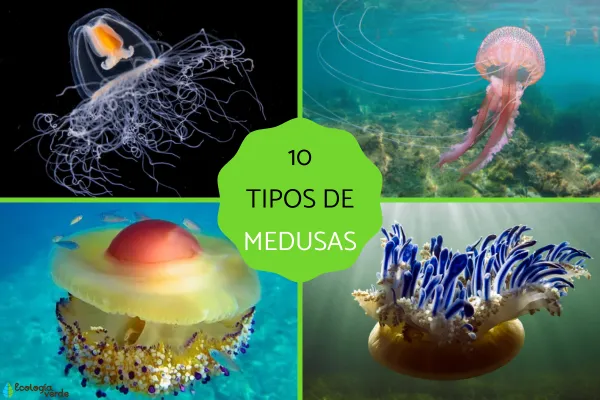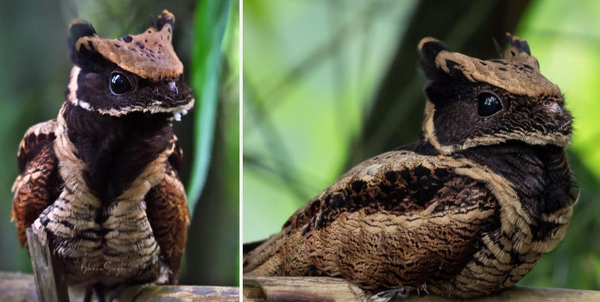Below is a further improved list of animals starting with the letters A to Z, covering more types of animals and their main characteristics. There are multiple animals for each letter to better show the richness of the animal world and diversity.
| Letters | Animal name | Habitat | Diet | Conservation status |
|---|---|---|---|---|
| A | Aardvark | African grasslands, savannas | Insects, mainly eat ants and termites | Least Concern |
| Alligator (alligator) | North American swamps and wetlands | Carnivorous, eats fish and mammals | Least Concern | |
| Armadillo | Tropical and subtropical America | Insects, plants | Least concern | |
| Anaconda (Anaconda) | Amazon rainforest, South America | Carnivorous, preys on birds and mammals | Least Concern | |
| Albatross (Albatross) | Antarctic, North Pacific and Southern Oceans | Carnivorous, eats fish, squid and crustaceans | Vulnerable | |
| B | Bison (American Bison) | North American grasslands | Herbivorous, mainly eats grass | Least Concern |
| Baboon | African grasslands, forests | Omnivorous, eats fruits, insects, plants | Least Concern | |
| Blue Whale | Global Oceans | Carnivorous, mainly eats krill and plankton | Endangered | |
| Bat | Caves, forests, cities around the world | Omnivorous, eats fruits, insects, blood | Least Concern | |
| Beetle | Worldwide | Omnivorous, eats plants, wood, insects | Least Concern | |
| C | Camel | Desert regions of the Middle East and Africa | Herbivorous, eats grasses and drought-tolerant plants | Least Concern |
| Crocodile | Tropical and subtropical rivers and swamps | Carnivorous, preys on fish and mammals | Least Concern to Endangered | |
| Cheetah | Grasslands and savannas of Africa | Carnivorous, preys on small and medium-sized mammals | Vulnerable | |
| Chameleon | Forests of Africa and Madagascar | Insects only | Least Concern | |
| Capybara | South American wetlands and forests | Herbivorous, eats aquatic plants | Least Concern | |
| D | Deer | Global forests and grasslands | Herbivorous, eats grass and leaves | Least Concern |
| Dingo | Australian forests and grasslands | Carnivorous, preys on kangaroos and other small animals | Least Concern | |
| Dolphin | Global Oceans | Carnivorous, eats fish and squid | Least Concern to Near Threatened | |
| Duck | Global Wetlands, Lakes, Rivers | Omnivorous, eats aquatic plants, fish, insects | Least Concern | |
| Dragonfly | Global Wetlands, Rivers, Lakes | Carnivorous, preys on small insects | Least Concern | |
| E | Eagle | Mountains and forests around the world | Carnivore, preys on birds and small mammals | Least Concern |
| Elephant | Forests and grasslands in Africa and Asia | Herbivorous, eats leaves and fruits | Near Threatened to Endangered | |
| Eel | Freshwater and saltwater areas around the world | Carnivorous, preys on small fish and invertebrates | Least Concern | |
| Emu (Emu) | Grasslands and deserts of Australia | Omnivorous, eats plants and insects | Least Concern | |
| F | Fox (Fox) | Global forests, grasslands, deserts | Omnivorous, eats small mammals, insects, fruits | Least Concern |
| Flamingo | Wetlands of Africa and America | Omnivorous, eats algae and small invertebrates | Least Concern | |
| Frog | Global wetlands, rivers, lakes | Insects and small invertebrates | Least Concern to Endangered | |
| Ferret | Grasslands and forests of North America, Europe, Asia | Carnivorous, preys on rodents | Least Concern | |
| G | Giraffe | African grasslands | Herbivorous, mainly eating leaves | Near Threatened |
| Gorilla (gorilla) | Tropical rainforests in Africa | Herbivorous, eating fruits and leaves | Endangered | |
| Gecko (gecko) | Tropical and subtropical forests around the world | Carnivorous, preying on insects and small invertebrates | Least Concern | |
| Grizzly Bear | Forests and mountains of North America | Omnivorous, eats plants, fish, mammals | Least Concern | |
| Gazelle (Gazelle) | African Grasslands | Herbivorous, eats grass and leaves | Least Concern | |
| H | Horse (Horse) | Global Grasslands | Herbivorous, eats mainly grass and hay | Least Concern |
| Hippopotamus (Hippopotamus) | African rivers and lakes | Herbivorous, eats grass | Near Threatened | |
| Hyena | African grasslands and savannas | Carnivorous, preys on carrion and small mammals | Least Concern | |
| Hedgehog | Grasslands and forests of Europe, Asia, and Africa | Omnivorous, eats insects, plants, small invertebrates | Least Concern | |
| Honey Badger | Grasslands and deserts in Africa and West Asia | Omnivorous, eats honey, insects, fruits, snakes | Least Concern | |
| I | Iguana | Tropical forests of Central and South America | Herbivorous, occasionally eats insects | Least Concern |
| Impala | Grasslands and savannas of Africa | Herbivorous, eats grass and leaves | Least Concern | |
| Ibex (Alpine goat) | Mountainous regions of Europe | Herbivorous, eats grasses and drought-tolerant plants | Least Concern | |
| Indian Cobra | Tropical and subtropical regions of South Asia | Carnivorous, preys on small mammals and birds | Least Concern | |
| J | Jaguar | Tropical rainforests of Central and South America | Carnivorous, preys on deer, rodents | Near Threatened |
| Jackal | Grasslands and savannas of Africa and Asia | Omnivorous, eats small mammals, fruits, carrion | Least Concern | |
| Jellyfish | Oceans worldwide | Carnivorous, eats plankton, small fish | Least Concern | |
| Jay | Forests and grasslands of North America and Europe | Omnivorous, eats nuts, seeds, insects | Least Concern | |
| K | Kangaroo | Grasslands and forests of Australia | Herbivorous, eats grass and leaves | Least Concern |
| Koala | Eucalyptus forests of Australia | Herbivorous, eats eucalyptus leaves | Vulnerable | |
| Kingfisher | Global wetlands, rivers | Carnivorous, preys on fish, insects, small invertebrates | Least Concern | |
| Kudu (Eland) | Grasslands and savannas of Africa | Herbivorous, eats grass and leaves | Least Concern | |
| L | Lion | Grasslands and savannas of Africa | Carnivorous, hunts medium to large mammals | Vulnerable |
| Leopard | Forests and grasslands of Africa and Asia | Carnivore, preys on small and medium-sized mammals | Vulnerable | |
| Lynx | Forests of North America, Europe, and Asia | Carnivore, preys on rabbits, birds, and rodents | Least Concern to Endangered | |
| Llama | Andes of South America | Herbivore, eats grasses and shrubs | Least Concern | |
| M | Moose | Forests and wetlands of North America and Europe | Herbivorous, eats leaves, branches, and shrubs | Least Concern |
| Meerkat | Deserts and grasslands of southern Africa | Omnivorous, eats insects and small vertebrates | Least Concern | |
| Monkey | Tropical forests around the world | Omnivorous, eats fruits, insects, and leaves | Least Concern | |
| Manta Ray | Warm waters around the world | Carnivorous, eats plankton and small invertebrates | Near Threatened | |
| N | Narwhal | Arctic waters | Carnivorous, eats fish, squid and shrimp | Near Threatened |
| Newt | Wetlands and forests of North America, Europe and Asia | Carnivorous, preys on insects and small invertebrates | Least Concern | |
| Numbat (Anteater) | Forests of Australia | Carnivorous, feeds mainly on termites | Endangered | |
| O | Ostrich (Ostrich) | Grasslands and savannas of Africa | Omnivorous, eats plants, seeds, insects | Least Concern |
| Orangutan (Orangutan) | Tropical rainforests of Southeast Asia | Omnivorous, eats fruits, leaves, insects | Critically Endangered | |
| Otter | Rivers, lakes and coastlines worldwide | Carnivorous, preys on fish, crustaceans and insects | Near Threatened to Endangered | |
| Ocelot | Tropical rainforests of Central and South America | Carnivorous, preys on rodents, birds, small mammals | Least Concern |
| P | Pangolin | Forests and grasslands of Africa and Asia | Carnivorous, mainly eats ants and termites | Endangered |
| Parrot | Tropical and subtropical forests | Omnivorous, eats fruits, nuts, seeds | Least Concern to Near Threatened | |
| Puma | Forests and mountains of North and South America | Carnivorous, hunts deer and rodents | Least Concern | |
| Pufferfish | Tropical and subtropical waters | Carnivorous, eats shellfish and crustaceans | Least Concern | |
| Q | Quokka | Australian forests and shrublands | Herbivorous, eats leaves, grasses, shrubs | Least Concern |
| Quail | Grasslands and shrubs worldwide | Omnivorous, eats seeds and insects | Least Concern | |
| Quokka (Short-tailed Kangaroo) | Australian forests and grasslands | Herbivorous, eats grass and leaves | Least Concern | |
| Quoll | Forests of Australia and New Guinea | Carnivorous, hunts small mammals and insects | Near Threatened | |
| R | Raven | Northern Hemisphere forests, mountains and grasslands | Omnivorous, eats insects, seeds, carrion | Least Concern |
| Red Kangaroo | Grasslands and deserts of Australia | Herbivorous, eats grass and leaves | Least Concern | |
| Rattlesnake | Deserts and grasslands of North America | Carnivorous, preys on rodents and birds | Least Concern | |
| Ring-tailed Lemur | Tropical forests of Madagascar | Omnivorous, eats fruits, leaves, flowers | Near Threatened | |
| S | Squirrel | Forests, cities, parks worldwide | Omnivorous, eats nuts, seeds, insects | Least Concern |
| Salamander | Wetlands and forests worldwide | Carnivorous, eats insects, small invertebrates | Least Concern | |
| Snow Leopard | Alpine grasslands and forests of Asia | Carnivorous, hunts wild sheep and deer | Endangered | |
| Starfish | Warm waters around the world | Carnivorous, preys on small shellfish and seafloor creatures | Least Concern | |
| T | Tapir | Tropical rainforests of Central and South America | Herbivorous, eats leaves, fruits, bark | Near Threatened to Endangered |
| Tarsier (Tarsier) | Tropical rainforests of Southeast Asia | Carnivorous, eats insects and small vertebrates | Near Threatened | |
| Toucan | Tropical rainforests of Central and South America | Omnivorous, eats fruits, insects, small reptiles | Least Concern | |
| Tiger Shark | Warm waters around the world | Carnivorous, hunts fish, crustaceans and marine mammals | Near Threatened | |
| U | Uakari (bald monkey) | Tropical rainforests of South America | Omnivorous, eats fruits, seeds, insects | Near Threatened |
| Urchin (sea urchin) | Global oceans | Herbivorous, eats algae and seaweed | Least Concern | |
| Umbrellabird | Rainforests of Central and South America | Omnivorous, eats fruits and insects | Least Concern | |
| V | Vampire Bat | Tropical forests of Central and South America | Carnivorous, feeds on blood of mammals | Least Concern |
| Vicuna (Alpaca) | Andes, South America | Herbivorous, eats grasses and drought-tolerant plants | Near Threatened | |
| Vervet Monkey (Green Monkey) | Grasslands and forests of Africa | Omnivorous, eats fruits, insects and small invertebrates | Least Concern | |
| W | Whale Shark | Tropical waters | Carnivorous, feeds mainly on plankton | Near Threatened |
| Wild Boar | Forests and grasslands of Europe, Asia, and North Africa | Omnivorous, feeds on plants, fruits, small invertebrates | Least Concern | |
| Wolverine | Forests and tundras of North America and Europe | Carnivorous, hunts small mammals | Least Concern | |
| Wombat | Australian forests and grasslands | Herbivorous, eats grasses and shrubs | Least Concern | |
| X | Xerus (African Ground Squirrel) | Grasslands and deserts of Africa | Herbivorous, eats grasses, seeds, nuts | Least Concern |
| X-ray Tetra (Glassfish) | Rivers and streams of South America | Omnivorous, eats insect larvae, phytoplankton | Least Concern | |
| Xenopus (African clawed toad) | Ponds and lakes in Africa | Carnivorous, preys on insects and aquatic invertebrates | Least Concern | |
| Y | Yellow-eyed Penguin | Coast of New Zealand | Carnivorous, eats fish and crustaceans | Endangered |
| Yak | Central Asian Highlands | Herbivorous, eats grasses and cold-tolerant plants | Least Concern | |
| Yellow Anaconda | South American wetlands and rivers | Carnivorous, preys on birds and mammals | Least Concern | |
| Z | Zebra Shark | Coral reefs of the Indian and Pacific Oceans | Carnivorous, eats shellfish and crustaceans | Near Threatened |
| Zebu | Grasslands of South Asia and Africa | Herbivorous, eats grasses and drought-tolerant plants | Least Concern | |
| Zorilla | Grasslands and savannas of Africa | Carnivorous, preys on small mammals, insects | Least Concern |
This table lists more animals, covering the letter range from A to Z. Each letter of the alphabet comes from a different geographic environment and exhibits different ecological characteristics and diets.


